Tue, 23 Sep 2014 . Last updated Thu, 25 Jun 2015 08:49

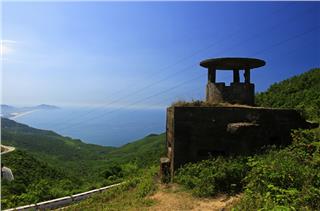
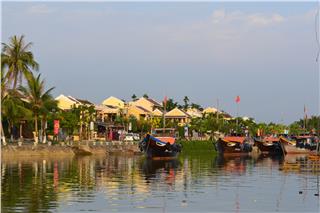
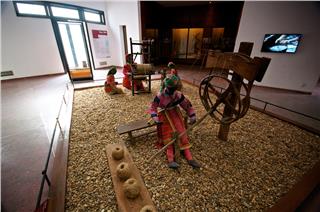
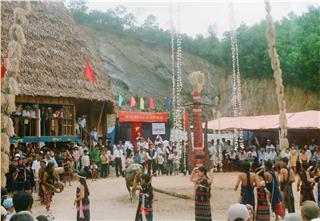

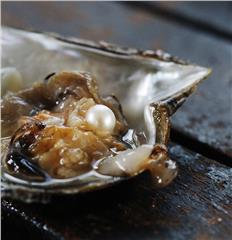

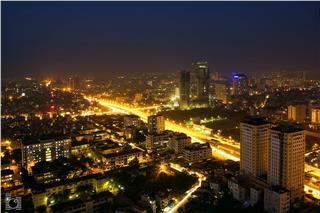
Tam Giang Lagoon is the biggest natural lagoon in Southeast Asia, the most beautiful place to admire the sunset in Vietnam. Local people here still live a simple life on the water. Therefore, experiencing the life of locals is absolutely wonderful experience in Vietnam.
If you want to see a different sight of Hue’s charm, Tam Giang Lagoon is the place to go. With 20.000 hectares, covered by water, Tam Giang Lagoon is mediate place of three big rivers including O Lau, Perfume and Bo before they run into the sea through Thuan An estuary. Tam Giang is a partly close lagoon, it is the singular form in the physical characteristics have created a brackish water ecosystem with a diversity of resources. Shallow and flat bottom are in average depth of around 2 meters in most of the lagoon. Although, in some places the depth is three to four meters and more than 7 meters near the Thuan An estuary.
Ngu My Thanh hamlet is located at Quang Loi commune in Quang Dien district. Ngu My Thanh villagers earn living by raising the aquatic products and catching fish on the Tam Giang Lagoon. Every day they go ashore at around 3p.m. The women often carry food for dinner because they will stay out the lagoon through the night. Every different region, locals have different fishing methods.
In the past, it was said that “farm land is private but the water area is open”. So people share fishing ground on the water of Tam Giang Lagoon. People dwell on boats and travel in the lagoon to make their life they have. Nowadays, the specific area on the water has been allocated to households so that people can manage to use and protect the natural resources. The way of catching fish here is called “no sao”, because “no” is gear made of nylon net. Three “no” will be placed in a “sao”, which is actually a fishing area that makes use of tidal wave currents to trap fish from the sea. In Tam Giang Lagoon, this has been one of the most effective ways to catch fish.
There are changes but the traditional fishing methods are still kept. All over Tam Giang Lagoon, “no sao” is one the oldest methods catching fish in the region. If you look from above, there are bamboo sticks standing a line form rectangle bamboo areas which is “no sao”. The locals believe that the cleaner your net is, the more fish you have in your catch. The eighth month in the Vietnamese lunar calendar is the shrimp season in the lagoon. Fishermen often have to go further to the sea estuary if they want to catch fish. Dinner is often the most relaxing time during the working trip in the lagoon. It is time for people to talk, sit back and enjoy the food.
The traditional floating market in Ngu My Thanh village is not crowded like other markets. The market only lasts 2 hours so that people sell their aquatic products they caught. People make bargain quite quickly, because they have been working together for many times. Some people do not sell their fish right on boat, but rather bring them to village market to earn a little bit higher profits. When the boats rest on the shore, it is time for Ngu My Thanh villagers to take care of their kids and prepare meal at their houses. This is a great change as in the past their life was only on boat. And the young generation now can enjoy a better schooling, it brings the hope of more stable future for people in the Tam Giang Lagoon area.
Source: VTV4 – VTV.vn

 Đặt vé máy bay cho người Việt?
Bấm vào đây
Đặt vé máy bay cho người Việt?
Bấm vào đây
Our service uses cookies for technical, analytical and marketing purposes. See our Cookie và Privacy policies for more information. If you agree to this, just keep browsing.


